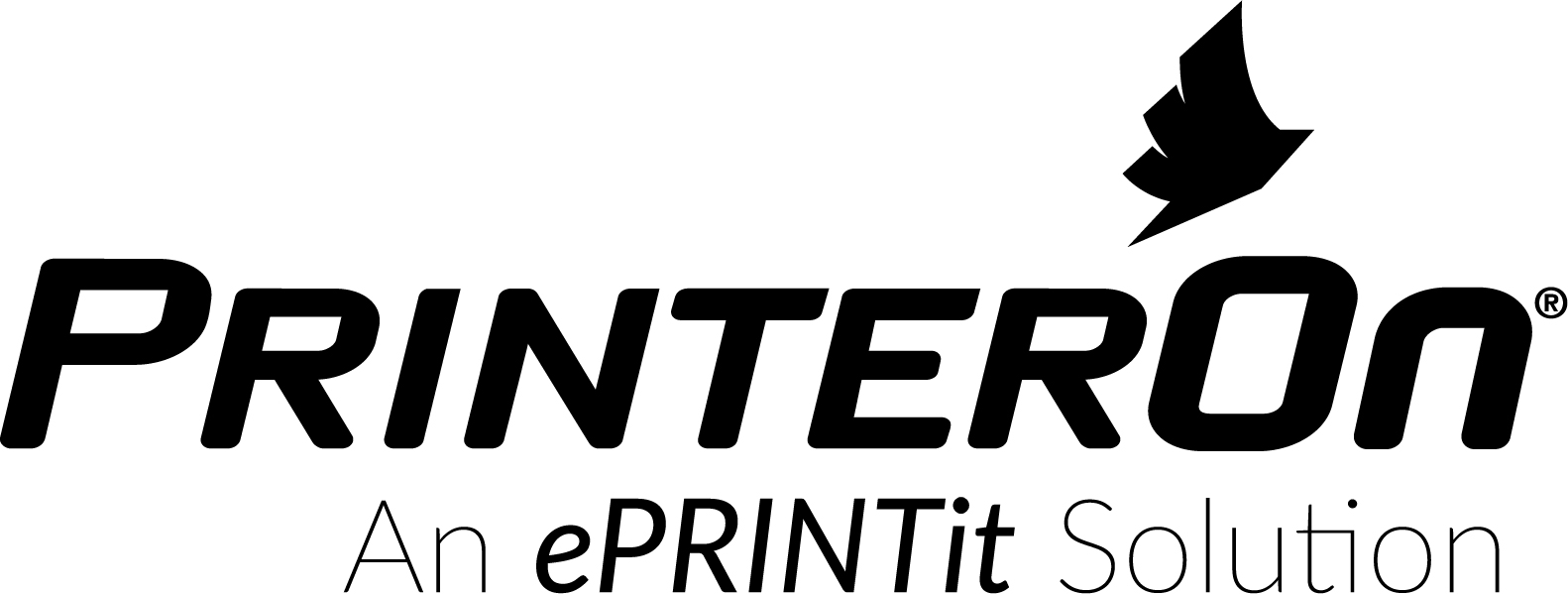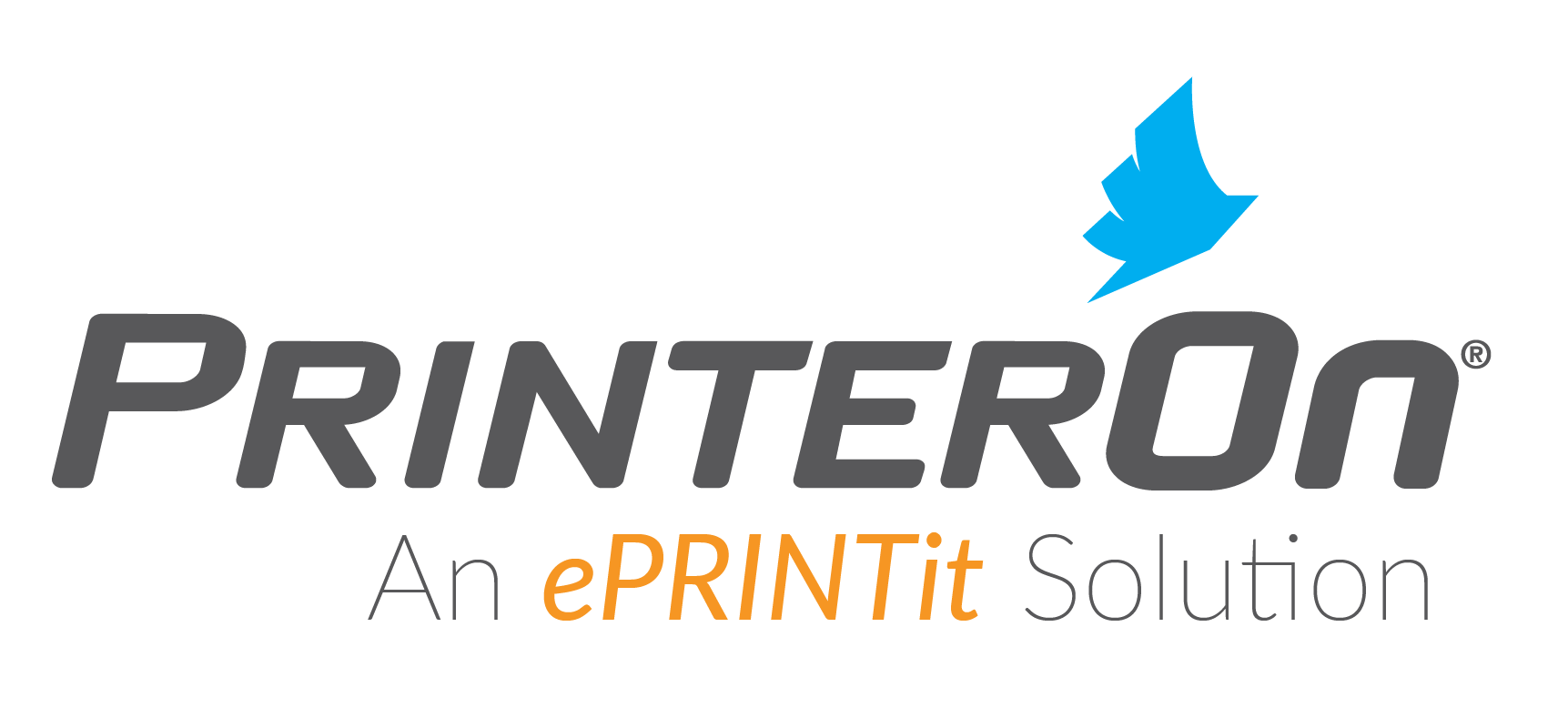There was an era not too long ago that saw technology as an afterthought, more or less, in many businesses. That computer in your office was little more than a glorified typewriter or, at best, was a way for you to send emails and invoices to clients. Technology certainly wasn’t the living, breathing heart of an organization that it is today – at least in most situations, and cloud printing was definitely not on anyone’s mind.
But even though we all agree that we can’t live (or work) without smartphones and tablets and laptop computers galore, a lot of people are STILL looking at these tools as an afterthought without realizing it. Because even though we’re surrounded by more technology than ever, most of it doesn’t integrate in the way that we need. It’s just a series of disparate applications that perform their own specific functions, failing to come together to form the larger whole that we actually need.
This, in essence, is why integration matters a whole lot more than you probably think it does. Your technology should be built in a way that supports and empowers your people, not holds them back. Yet that’s exactly what you’re doing when you fail to consider the larger context around your IT decisions.
Your Technology Is a Powerful Asset. It’s Time to Start Acting Like It
To get a better idea of the importance of integration in action, consider it within the context of a seemingly simple task that many of us rely on every day but still often take for granted: printing. We’ve entered into an era where supply chains in particular are growing larger and more complex every day. In a lot of ways, they have to – that’s just the direction that things are headed.
Because of that, it’s common to encounter a situation where you’re at the head office using your ERP software to create materials like shipping labels that you then have to send to a printer, at which point they will make their way to some other remote location up or down the chain. In theory, this process should be simple. But without true integration, it’s anything but.
Sure, you’ve got some type of printing solution that you’re relying on – but if all of the various arms of your technological infrastructure aren’t integrated together and operating as a single entity, you’re instantly running up against a massive number of problems.
Your older print management solution isn’t actually designed with the cloud in mind, so your trouble begins the moment you try to authenticate yourself on the network. This instantly eliminates features like remote printing that are actually helpful to you and your people. If you’re still insistent on making due with this legacy solution, you realize that you now have to make pretty major changes to that solution, to your on-premise infrastructure or, more likely, both.
But because that legacy print management solution wasn’t built to integrate with anything, suddenly your options are severely limited even in that regard. When you’ve entered into a situation where “printing out shipping labels and physically mailing them to your remote location” is officially the most effective way to get a job done, you know you’ve got a major problem that isn’t going to get any better anytime soon.
Or, you could embrace a cloud printing solution like PrinterOn that IS built with integration in mind, acting as the “true cloud printing” solution that solves all of your challenges and more. Solutions that integrate are built with the modern era – and with modern workflows – in mind. PrinterOn Enterprise, like other options available, support both on-premise deployment as well as full cloud environments, any third-party services you may be working with and more.
Because you’ve made integration a priority, you don’t have to jump through hoop after hoop just to create shipping labels at the head office and send them out to a remote location in your supply chain.
You just do it. Short, sweet and to the point – just the way it should be.
But printing is just one example of how your processes can suffer when you don’t focus on integration in the way you should be. Rest assured that there are many, many more. As we approach an era where technology is about to be more connected than ever before, thanks in large part to the impending arrival of the Internet of Things, rest assured that this is only going to get more important as a concept as time goes on.
Failing to address it today is leaving yourself vulnerable to a huge range of potential problems tomorrow – many of which will eat into your already thin margins and will harm your ultimate return on investment in ways you haven’t even begun to realize yet.
Cloud Printing: Bringing People Together, the IT Way
At the end of the day, your technology should do more than just allow you and your employees to get online. It should bring people together in a meaningful, powerful way. It should make it easier to share information, not harder. It should empower communication, not hold it back. It should streamline and simplify their workflows, not make them more complicated.
Ultimately, this is why concepts like integration and cloud printing solutions like PrinterOn are so important. When you don’t make sure that your technology is properly integrated back into your business, you’re doing a lot less “connecting” than you think you are. What you’re really doing is creating silos where there shouldn’t be any, and you’re doing a great deal of damage to your own processes and efficiency levels along the way.


